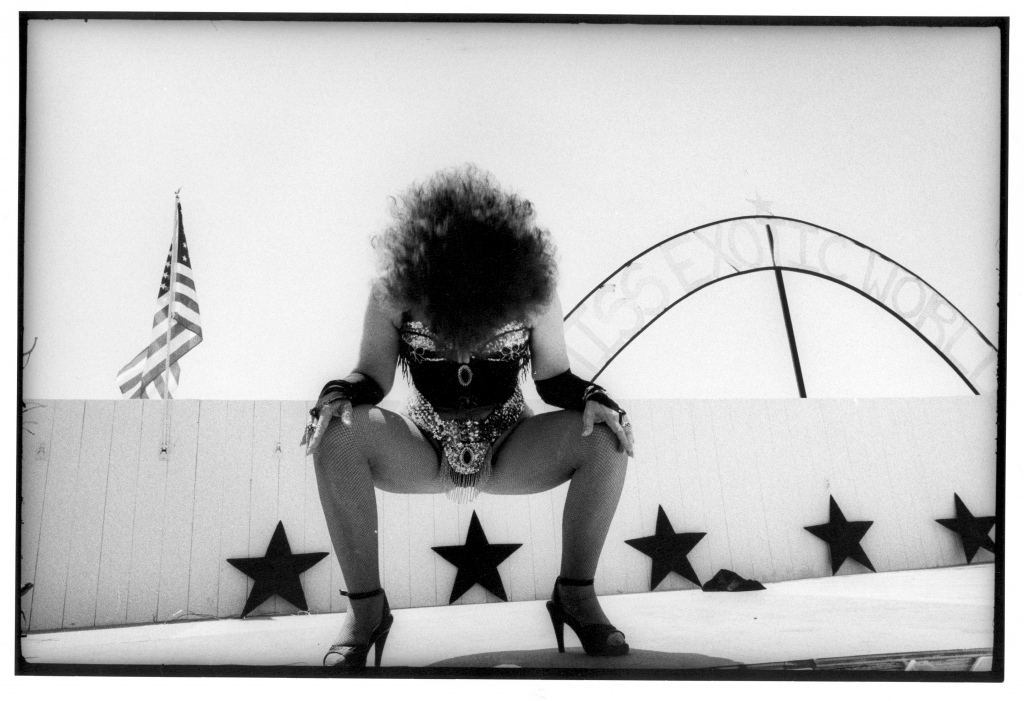Jill FreedmanPlayful in its exploration

Her quirky sense of humour, expressed in her captions, further underlines her essential delight in her surroundings.
One of the pleasures of arranging exhibitions in the 1970s was the surprising wealth of photographs that came through the post. Boxes of images printed in the colours of Agfa, Kodak or Ilford. There was no Internet. There was no messing with computer images, no searching the digital files of photographers who recommended themselves to you. It was only by looking at magazines, books and the suggestions of others that new and fascinating things came to light. When Jill Freedman’s box arrived it was all joy! It contained photographs from Resurrection City and from her months with the circus, as well as some New York street scenes. We first showed Jill Freedman’s work at The Photographers’ Gallery in 1974. Subsequently, we exhibited The Street Cops as well as including some of her photographs in the themed show The Animals.
Before becoming a photographer Jill had worked as a musician; exploring Europe, talking to everyone and earning her crust singing. In England, she performed on the Tonight programme with Cliff Michelmore. She has always loved jazz which, to me, signifies a person who loves to listen and to extemporise, adding something valuable to an existing theme. When Jill discovered that photography was her real love, all this understanding and involvement with the subject was transferred to her new medium. Her quirky sense of humour, expressed in her captions, further underlines her essential delight in her surroundings. Jill’s work is primarily reportage. Sometimes she worked with a specific subject, such as The Poor People’s March to Washington that was published first in Life magazine and then, later, in book-form. She also loves to wander with her camera as a street photographer and, over time, the resulting images come together to form a book, such as Jill’s Dogs (1993).
When Jill is really excited about her subject, nothing will stop her. Firemen had always inspired her and she spent days and nights documenting two firehouses (one in South Bronx and one in Harlem). Sleeping on the back seat of the chief’s car so nothing could slip by her, she worked for six days at a time before returning home to develop film and take long baths. In 1977, she published Firehouse.
The police had never been high on Jill’s list of priorities until she decided to see what the life of a ‘Cop’ in New York entailed. She spent two years between two precincts of Manhattan and was able to show both life ‘on the beat’ and life in the police station. It is, perhaps, testament to her way of operating that the local police still waved to her on the street and came round for a beer long after the book, Street Cops (1982) was published.
Making photography books has become an important part of Jill’s life. As the big magazines, that could publish decent reportage stories, fell foul of TV books became one way that a real appreciation of her subject could be demonstrated. A book is something that lasts, a material object with a long-lasting message, and Jill is an extremely rigorous designer and editor.
Working as a self-taught and self-employed photographer is never easy, and it demands a great deal to work on something you feel is worthwhile, and then look for a way to get it published or exhibited. In the first instance, Jill had to make sure the people she was photographing would trust her and then, be prepared to go with them wherever their job carried them. This could also, of course, be dangerous but Jill proved equal to the challenge. Jill Freedman is a compassionate photographer but not a sentimental one. She has a great eye for composition and is interested in subjects as various as the Irish in their pubs and with their horses as the ‘crazies’ that one can see on the streets of New York.
